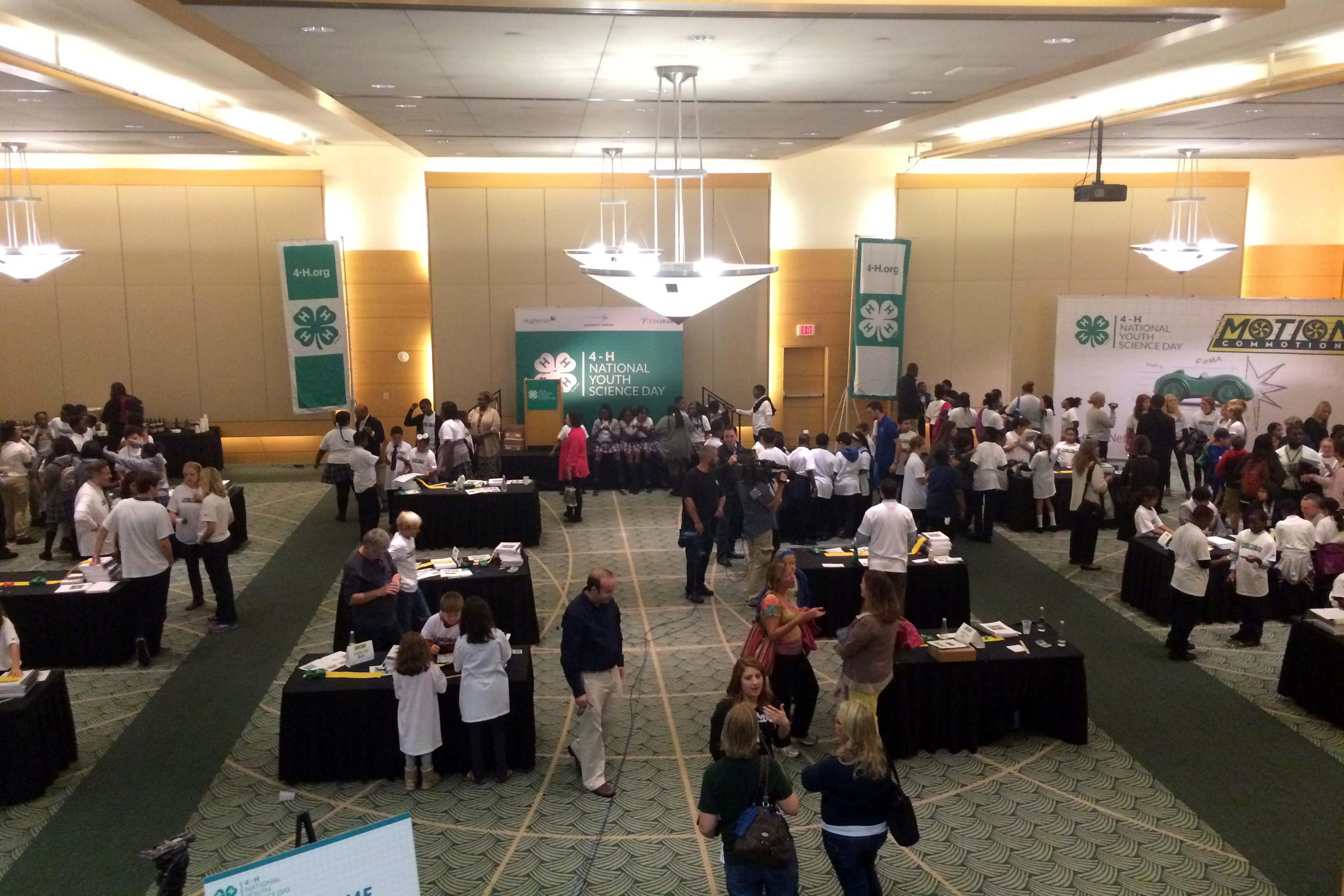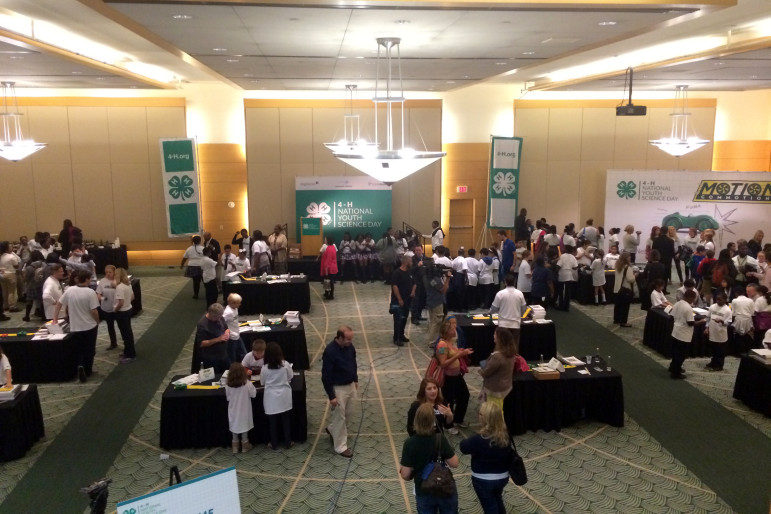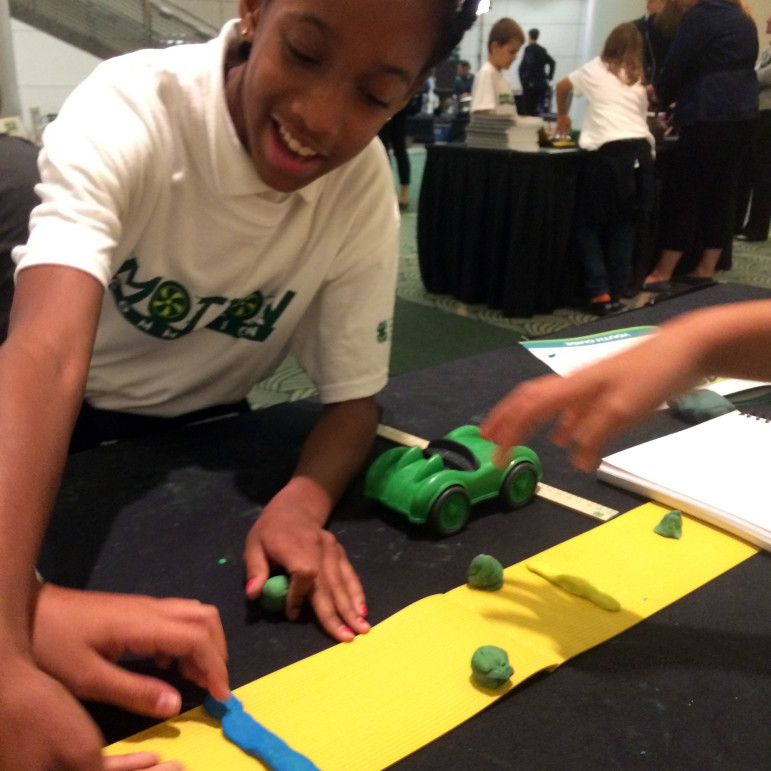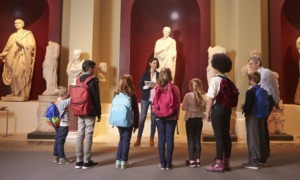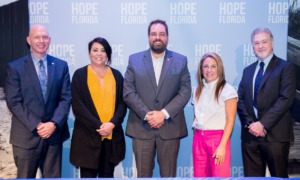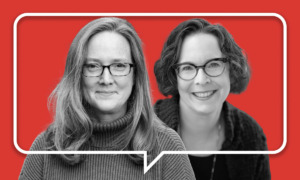WASHINGTON — Kayla Charway and her classmates from Patrick Henry Elementary School had already completed their physics experiment at 4-H National Youth Science Day, but they decided to use the materials — a toy car, a yellow ramp and gobs of colorful clay — to create their own riff on the topic of motion.
“Let’s make an obstacle course,” said the 10-year-old.
“Yeah, let’s make speed bumps,” her classmate Emma Toggia said.
“So that it can cause friction,” Kayla said.
They rolled the clay — originally used to mold passengers for the car — into balls and strips and arranged them on the ramp. Then they sent their vehicle down the track into the technicolor collision course, where it was stalled by one of the green balls.
Kayla said she likes experiments because “you actually get to experience it yourself and see how it is. So, like, you could easily prove something wrong and know how everything is working.”
About 400 elementary school students from Virginia, Maryland, Delaware and Washington filled a ballroom Wednesday at the Ronald Reagan Building to participate in what organizers called the nation’s largest youth-led science experiment.
Hundreds of thousands of students in all 50 states were doing the same experiment simultaneously as part of 4-H National Youth Science Day, an effort by 4-H to spur youth interest in the field of STEM (science, technology, engineering and math).
In Washington, site of the day’s flagship event, groups of students passed through the ballroom in waves to conduct experiments on motion and reaction time at small tables, with guidance from teachers and 4-H volunteers.
Stacy Hayden, a talented-and-gifted teacher for the Alexandria School District, which includes Patrick Henry Elementary, said there’s not always enough time spent on science in school.
[Related: Why We Need to Rethink Our Conceptions of Adolescence]
“For them having the opportunity to come here and really take the time to explore what sometimes is missing, I think it’s fantastic,” she said.
“It’s making me like science way more,” said Valentine Bissah, a 9-year-old from Patrick Henry, while rolling a piece of clay between his palms. “Because at first I didn’t really like science, because I thought it was just about nature and everything. But now it made me think more about physics and other stuff.”
Valentine and his classmates had used a bottle of apple juice from the buffet to prop up their ramp, giving it a steeper incline. They sent their car, occupied by two balls of clay, down the ramp and into an obstacle. The experiment was supposed to demonstrate how different speeds and materials caused the passengers to fly from the car, but their balls of clay stayed put.
“He didn’t fall out!” one student proclaimed.
One of the values of out-of-school programs like 4-H is the socialization, which students don’t always get in the classroom setting, said David Brandt, a Lockheed Martin employee volunteering at the event.
“I think it’s the same with 4-H or any other youth organization — if their friends or peers are involved in it, they see value in it and they’ll get involved,” he said.
Youth development programs like 4-H help close the STEM skills gap by reinforcing knowledge learned in school, said Artis Stevens, chief marketing officer for 4-H.
Sarah Morton, 4-H urban STEM coordinator at Virginia Tech University, said STEM can be a bridge between traditional classroom learning and out-of-school time.
“If you look at formal education, because it is driven by standards, kids are not able to explore and investigate with their hands,” she said. “In nonformal environments, kids have the opportunity to explore, investigate, they have alternative learning environments,” such as playgrounds and museums.
“Science is like the cross-pollinator” between the two, she said, because it can be worked into aspects of learning both in and outside the classroom.
More related articles:
Setting Standards for Out-of-School Time
Want a Citywide After-school System? Here’s What You Probably Need
After-School Finds Power and Vision at the Community Level


